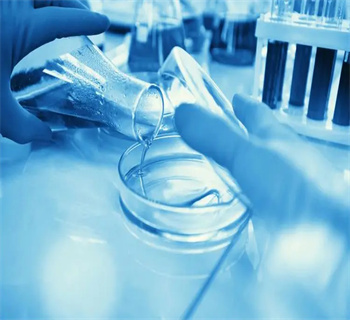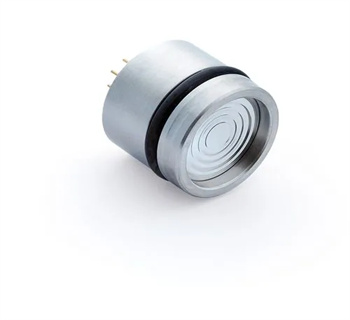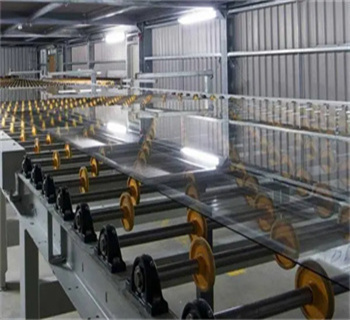Overview of Cuprous Oxide (Cu2O) Powder
Cuprous Oxide (Cu2O), also known as copper(I) oxide or red copper oxide, is a chemical compound that belongs to the class of oxides. This powder, which appears as a red-brown solid, finds numerous applications across various industries due to its unique physical and chemical properties. Cu2O powder is widely used in catalysis, as a pigment in paints and coatings, and in the manufacture of other copper-based compounds.
Characteristics of Cuprous Oxide (Cu2O) Powder
Red-Brown Color: Cuprous Oxide powder exhibits a distinct red-brown color, which makes it a popular pigment in the paints and coatings industry.
High Thermal Stability: This compound has excellent thermal stability, allowing it to be used in high-temperature applications.
Semiconducting Properties: Cuprous Oxide exhibits semiconducting behavior, making it useful in electronic devices and solar cells.
Catalytic Activity: Cu2O powder is an effective catalyst in various chemical reactions, including the oxidation of organic compounds.
Easy Synthesis: Cuprous Oxide can be easily synthesized using various methods, such as thermal decomposition of copper salts or reduction of copper(II) oxide.
Application of Cuprous Oxide (Cu2O) Powder
Paints and Coatings: As a pigment, Cu2O powder is used in the formulation of red-colored paints and coatings, imparting durability and vibrancy to surfaces.

Paints and Coatings
Solar Cells: Cuprous Oxide's semiconducting properties make it a potential material for use in solar cells, converting sunlight into electricity.

Solar Cells
Catalysts: In the chemical industry, Cu2O powder is used as a catalyst to promote specific chemical reactions, enhancing their efficiency and selectivity.

Catalysts
Gas Sensors: The compound's sensitivity to certain gases makes it useful in the development of gas sensors for environmental monitoring and industrial processes.

Gas Sensors
Glass Manufacturing: Cuprous Oxide is also used in the glass industry to impart specific colors and optical properties to glass products.

Glass Manufacturing

Company Profile
NANOTRUN(www.rboschco.com) is a trusted global chemical material supplier & manufacturer with over 12-year-experience in providing super high-quality chemicals and nanomaterials, including boride powder, nitride powder, graphite powder, sulfide powder, 3D printing powder, etc.
The company has a professional technical department and Quality Supervision Department, a well-equipped laboratory, and equipped with advanced testing equipment and after-sales customer service center.
If you are looking for high-quality Cuprous Oxide (Cu2O) Powder, please feel free to contact us or click on the needed products to send an inquiry.
Payment Term
L/C, T/T, Western Union, Paypal, Credit Card etc.

Shipment Term
By sea, by air, by express, as customers request.
FAQ
Is Cuprous Oxide (Cu2O) powder toxic?
Re: Cuprous Oxide powder is generally considered non-toxic. However, it should be handled with care to avoid inhalation or ingestion, as it may cause irritation to the respiratory system or digestive tract. Additionally, proper safety measures should be taken when working with this material, including wearing protective gear and storing it in a well-ventilated area.
How does Cuprous Oxide (Cu2O) powder differ from other copper oxides?
Re: Cuprous Oxide (Cu2O) differs from other copper oxides, such as Cupric Oxide (CuO), in its chemical composition and properties. Cuprous Oxide has a lower oxidation state of copper (Cu+) compared to Cupric Oxide (Cu2+), which affects its physical properties, reactivity, and applications. Additionally, Cuprous Oxide exhibits semiconducting behavior, while Cupric Oxide is an insulator.
What are the safety precautions to be taken when handling Cuprous Oxide (Cu2O) powder?
Re: When handling Cuprous Oxide powder, it is important to wear appropriate protective gear, including gloves, goggles, and a dust mask. The powder should be stored in a dry, well-ventilated area, and it's essential to avoid exposure to dust, which can be inhaled or cause skin irritation. Additionally, Cu2O powder should be kept away from flammable materials and handled with care to prevent any potential fires or explosions.
How is Cuprous Oxide (Cu2O) powder produced?
Re: Cuprous Oxide powder can be produced through various methods, including thermal decomposition of copper salts, reduction of copper(II) oxide with reducing agents such as hydrogen or carbon monoxide, or by the oxidation of copper metal in the presence of oxygen. The choice of production method depends on the desired purity, particle size, and cost considerations.
What are the potential environmental impacts of Cuprous Oxide (Cu2O) powder?
Re: Cuprous Oxide powder, like any other chemical compound, can have potential environmental impacts if not handled and disposed of properly. During production and use, it may release copper ions into the environment, which can affect aquatic ecosystems and water quality. Therefore, it's crucial to follow best practices for sustainable production, use, and disposal of Cu2O powder to minimize any negative environmental effects.
Copper (I) Oxide Properties | |
| Other Names | cuprous oxide, red copper oxide, dicopper oxide, Cu2O powder |
| CAS No. | 1317-39-1 |
| Compound Formula | Cu2O |
| Molecular Weight | 143.09 |
| Appearance | Brownish-red Powder |
| Melting Point | 1235 °C |
| Boiling Point | 1800 °C |
| Density | 6.0 g/cm3 |
| Solubility in H2O | N/A |
| Exact Mass | 141.854 g/mol |
Copper (I) Oxide Health & Safety Information | |
| Signal Word | Warning |
| Hazard Statements | H302 + H332-H319-H410 |
| Hazard Codes | Xn, N |
| Risk Codes | 22-50/53 |
| Safety Statements | 22-60-61 |
| Transport Information | UN 3077 9 / PGIII |




